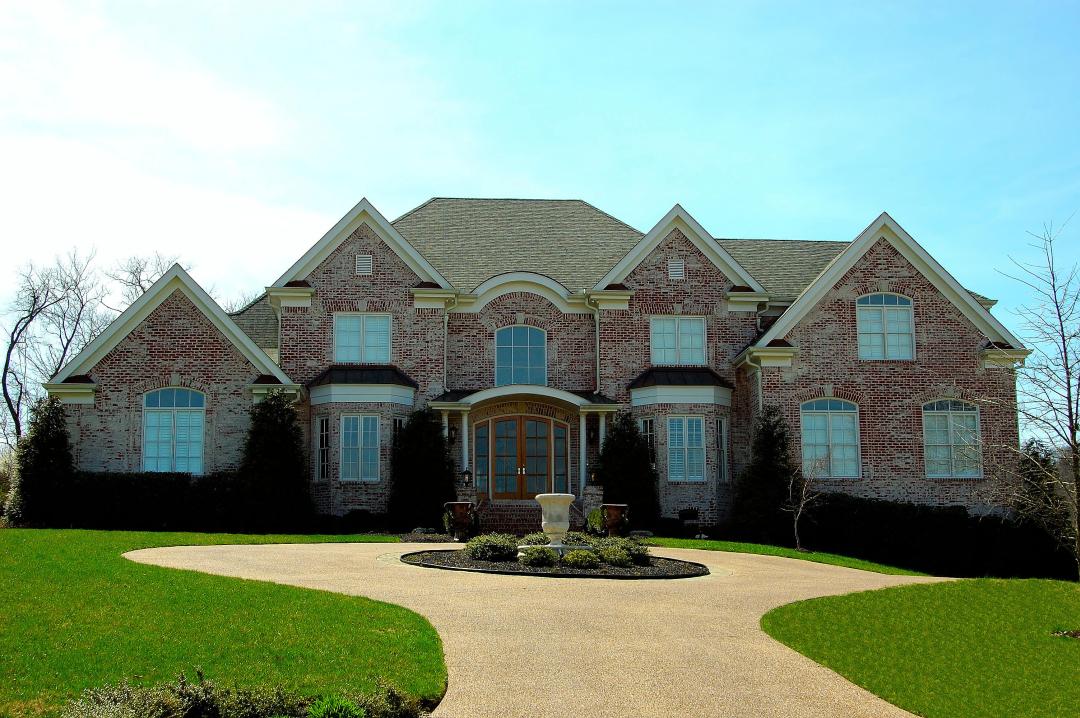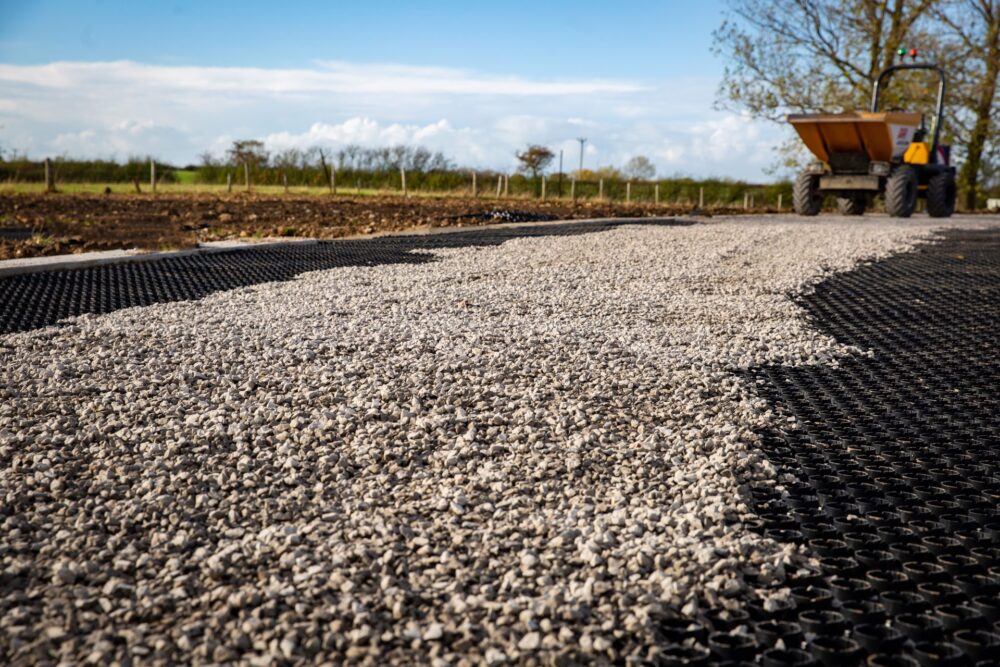When it comes to transforming the exterior of your property, there is nothing more important than the driveway. It is an essential feature that gives the house its kerb appeal and makes that essential first impression of your home.
Before you pick up the phone and book a landscape designer or landscaper, you need to be clear on what you want that impression to be. To help you plan, here’s our guide as to what to consider to ensure you get the driveway of your dreams.
- Potential uses
While a designer may be a lover of form over function, you do need your driveway to work for you. Consider all the potential uses for your driveway. Traffic is the obvious starting point – how many and what type and size of vehicles will travel up and down your driveway? Where will these vehicles park? How will they turn around? Other considerations are pedestrian access to your home and whether buggies, wheelchairs and bicycles need to be taken into account. All of these factors will influence the final design.
- Terrain
Terrain is a key consideration when it comes to designing a driveway. If your house is located on a steep slope or hill this poses a number of issues when it comes to your driveway. Building a driveway that goes straight up the slope to the house, perpendicular to the road, may be the easiest solution but it creates major access problems in icy weather. It also creates a rather angular and uninviting approach to your home. A driveway that curves gently upwards is an elegant approach and, if there is space, a full S-shaped driveway is a very attractive option.
- Planting and other features
Your driveway is an integral part of the exterior of your home and needs to fit in with the style of the house and garden. Consider how you would like it designed to do that. You may want to edge your drive with planting, to include fencing or a wall either side or on one side only, and other features such as gates and lighting.
- Surface finish
Your choice of material will be central to the final look of the driveway. You can choose concrete, brick, grass, or gravel. Gravel is the go-to choice of high-end homes, as it complements all styles, and you are no longer restricted from using this material if you have a slope or an adverse camber. With the use of Gravelrings gravel grids, your landscaper can ensure that the gravel stays in place.
While concrete and brick offer some level of practicality, the end result can be a hard, almost municipal look, especially so in the case of a large or very long driveway.
- Regulations
There are now a number of regulations covering what you can and can’t do when it comes to laying a new driveway. New rules were brought in following the serious flooding incidents in 2007, when non-porous driveways were considered partly to blame for the volume of rainwater flowing into storm drains, which then overwhelmed the system. You may need planning permission for your new driveway depending on the surface finish.
Non-permeable surfaces such as concrete and asphalt driveways may need planning permission. Some block paving is also impermeable, but there are now systems available that allow water to drain through them.
Permeable driveway surfaces such as gravel do not contribute to flood water so are unlikely to require planning permission (but it would be prudent to check with your local authority to be certain). Beauxfort’s Gravelrings gravel retention grids are fully permeable, making them ideal for use in SuDS-compliant schemes.
- Maintenance
Once the landscaping workforce has left, you will want your new driveway to continue to look as good as it did when it was first laid for as long as possible. Your choice of surface finish should also be made with maintenance in mind. All surface finishes require some maintenance – concrete can crack and weeds will grow in those cracks, as they will in the gaps between blocks and also on gravel.
By installing a geo-textile fabric on the sub-base, followed by a gravel grid mesh system, such as Gravelrings, you will be denying weeds the light they need to grow. However, nothing can prevent airborne seeds being blown on to or dropped on to your driveway by birds, so some minor weeding will be required.
Gravelrings also keep gravel in place, restricting its movement and spread to other surfaces, such as plant beds and grass, as well as preventing rutting and sinking. Featuring an integral mesh base, Gravelrings grids also allow water to pass through and prevent silt and fine debris build-up within the cell. This stops loose aggregate working its way under the grid and undermining the surface finish.
Achieve the perfect gravel driveway with Beauxfort Gravelrings system. Check out our website www.beauxfort.com for more information about the Beauxfort landscape systems, design inspiration and to request a free sample, or talk to our friendly team about your project by contacting us on 0330 055 2599 or info@beauxfort.com.



